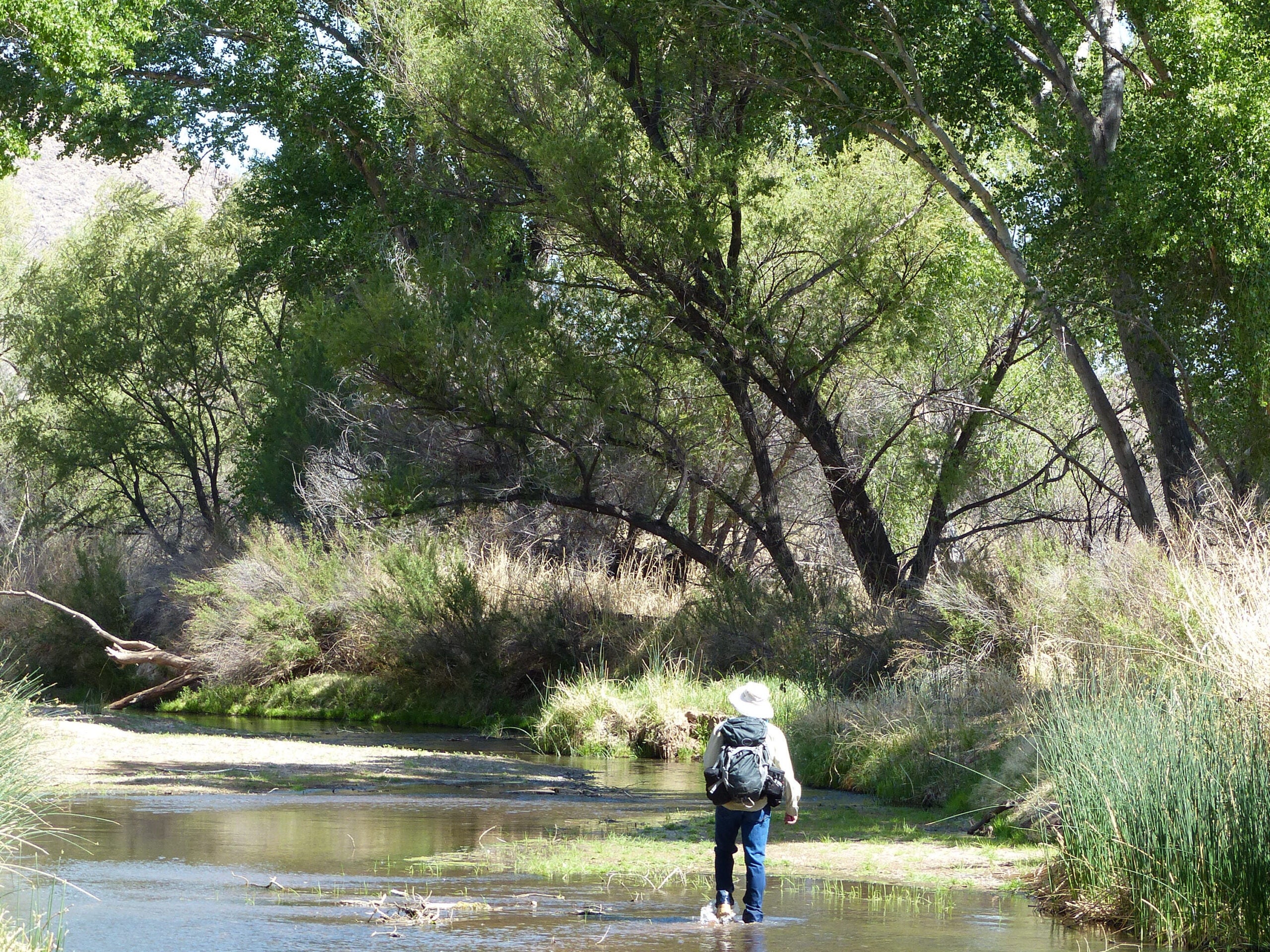Court Upholds the San Pedro River’s Right to Water
Victory
—Arizona Superior Court Judge Crane McClennen today reversed and vacated the Arizona Department of Water Resources’ (ADWR) approval of a massive groundwater pumping project that would have drained the Upper San Pedro River in Southern Arizona. The court concluded that ADWR had violated state law by approving the project without evaluating whether the pumping project…
Contact
Arizona Superior Court Judge Crane McClennen today reversed and vacated the Arizona Department of Water Resources’ (ADWR) approval of a massive groundwater pumping project that would have drained the Upper San Pedro River in Southern Arizona. The court concluded that ADWR had violated state law by approving the project without evaluating whether the pumping project conflicts with pre-existing water rights held by the U.S. Bureau of Land Management (BLM) to protect the ecological health of the river.
“We are pleased that the court recognized what ADWR refused to—Arizona can no longer pretend that groundwater pumping has no effect on the San Pedro River,” said Heidi McIntosh of Earthjustice. “This is a great victory for the river, as well as the birds, wildlife, and people who depend on a living San Pedro.”
ADWR’s April 2013 determination of an adequate water supply for the proposed 7,000-unit“Tribute” development would have allowed the groundwater-fueled, suburban planned community to move forward and drain the San Pedro River. Without the determination, the proposed development can not proceed.
Dr. Robin Silver, one of the plaintiffs in the case, also heralded the ruling, stating that “we can no longer stand by while developers pump dry our last remaining rivers. These ribbons of green in our arid state are too ecologically important to lose.”
ADWR’s approval was premised on an archaic construct of Arizona law that treats groundwater and surface water as entirely separate, even when they are physically connected as in the case of the San Pedro. ADWR refused to incorporate into the decision making process the volumes of scientific study and common sense that the proposed groundwater pumping would lower river flows.
Today’s ruling establishes that ADWR must consider surface flows associated with federal reserved water rights in determining whether groundwater is legally available for new developments like Tribute. The San Pedro Riparian National Conservation Area, a 57,000-acre reserve managed by the BLM to protect and enhance the San Pedro and the natural systems that it supports, depends on such water rights to protect the San Pedro’s rare desert riparian ecosystem. Tribute’s groundwater pumping would dry up the same water that was decreed to the wildlife, fish and birds of this national gem.
Judge McClennen’s ruling comes as a result of three challenges to ADWR’s approval brought separately by the BLM and two area landowners: Dr. Robin Silver (represented by Earthjustice) and Tricia Gerrodette. Earthjustice has worked with partners including Dr. Silver for more than a decade to sustain the San Pedro River and the rich ecosystems that flourish there. Dr. Silver is an Arizona native and has been a landowner in the San Pedro watershed near Sierra Vista for more than two decades. He is also co-founder of the Center for Biological Diversity and a long-standing advocate for the River.
The Upper San Pedro is the last undammed and free-flowing river in the desert Southwest. This desert riparian ecosystem is one of a few remnants of the formerly extensive network of similar areas throughout the region.
The river is a biological treasure, providing important habitat for a wide array of species and a refuge from the impacts of development and climate change. Numerous mammals, reptiles,amphibians and fish depend on the river and riparian habitat. The San Pedro corridor is also one of the most important migratory flyways in the United States; millions of songbirds use the San Pedro each year during their migrations between Central America and Canada. Representatives of nearly half of the bird species in the United States spend time in the San Pedro River watershed.
The San Pedro Riparian National Conservation Area conserves both the natural and human history of the San Pedro. Over 250 historic and pre-historic sites—dating back 11,000 years—are found within the national conservation area and signal the long importance of the river to both human and animal residents and travelers. The San Pedro has aptly been called a “Ribbon of Life,” and that role persists through today.
Tribute is controversial new development planned for Sierra Vista, a small city in the desert east of Tucson. By the developers’ own admission, the proposed construction will consume “virtually all of the available development land” left in Sierra Vista, and would have significantly expanded the population of this critically water-short area.

Additional Resources
About Earthjustice
Earthjustice is the premier nonprofit environmental law organization. We wield the power of law and the strength of partnership to protect people's health, to preserve magnificent places and wildlife, to advance clean energy, and to combat climate change. We are here because the earth needs a good lawyer.